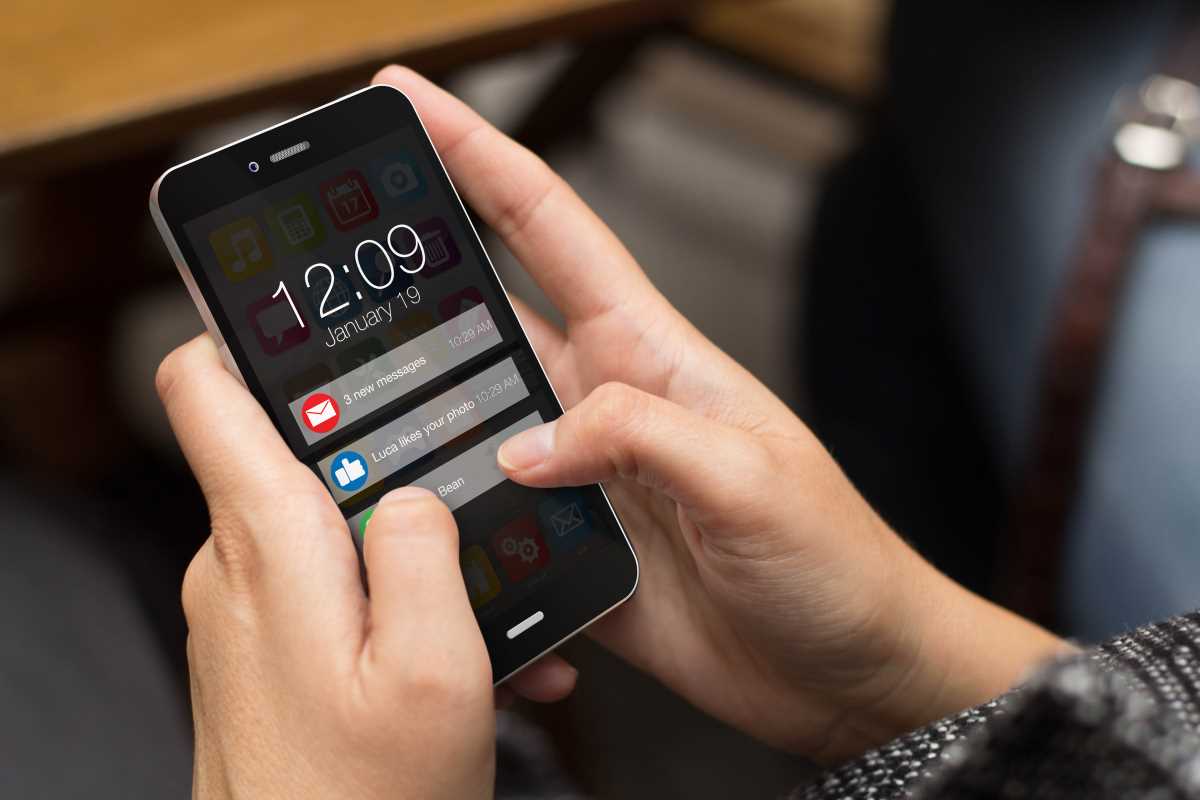Productivity slumps happen to the best of us. One moment you’re breezing through tasks, and the next, you’re staring at your to-do list feeling unmotivated or overwhelmed. These moments can disrupt your workflow and make even the simplest tasks feel insurmountable. Although there are countless strategies to regain focus, technology offers an array of innovative solutions in the form of apps designed specifically to help you break free from procrastination, improve time management, and regain momentum. These tools go beyond traditional planners or timers, using science-backed methods and creative engagement to guide you back to a productive state.
Overcoming Procrastination with Gamified Tools
Procrastination often stems from a lack of motivation or the tasks feeling too daunting to start. Apps that gamify productivity can reframe your mindset, turning work into something engaging and rewarding. Forest is one standout example. This app encourages you to stay focused by growing a virtual tree as you work. If you leave the app before your scheduled focus time is up, the tree withers. Watching your digital forest grow session by session creates a visual representation of your progress, making it easier to resist distractions like social media.
Another innovative option is Habitica. It combines task management with role-playing game mechanics, converting your task list into virtual quests. Completing tasks earns you points, upgrades, and rewards for your in-game avatar. This app’s sense of achievement can be highly motivating, particularly when small wins in the app help build momentum in your real-life projects. Habitica even allows you to team up with others, turning motivation into a group effort, as everyone works toward their goals collectively.
These gamified tools are particularly effective because they provide immediate rewards for completing tasks, which can help break the cycle of procrastination. By turning work into a game, they invite you to approach tasks with curiosity and engagement rather than dread.
Managing Your Time Effectively with Scheduling Apps
When productivity slumps are caused by poor time management, apps designed to streamline scheduling can help you prioritize tasks and regain control over your day. Toggl Track is a powerful time-tracking app that allows you to log how you spend your time. It provides insights into patterns, helping you identify when you’re most productive and where improvements can be made. By understanding how you’re using your hours, Toggl Track makes it easier to allocate time more effectively.
RescueTime takes a similar approach but adds an automatic tracking feature that monitors how you spend time on your devices. It breaks down your activity into categories, such as productive and distracted time, giving you a clear picture of your habits. RescueTime can even send alerts when you’ve spent too long on less productive activities, nudging you to refocus on your priorities.
Both of these apps operate on the principle that awareness is the first step to change. By visualizing how you’re spending your time, you can make informed adjustments to eliminate inefficiencies and create a schedule that works for you.
Enhancing Focus with Specialized Timer Apps
Focus can be elusive when you’re caught in a productivity slump. Fortunately, specialized timer apps use scientifically supported techniques to help you concentrate. The Pomodoro Technique, which alternates focused work sessions with short breaks, is a popular method incorporated into apps like Focus Booster. This app keeps track of your pomodoros (25-minute work intervals), breaks down data on your focus sessions, and generates productivity reports. These features make it a practical tool for staying disciplined while allowing for necessary rest periods.
For those interested in going beyond the Pomodoro timer, Tide combines focus-boosting techniques with relaxing background sounds to enhance your work environment. Users can select from various nature-inspired soundscapes, like flowing water or rustling leaves, creating a calming atmosphere that supports sustained concentration. Tide also tracks your focus sessions to help you measure your progress over time.
Both apps are built on the understanding that focus thrives when it’s treated as a skill that requires both effort and recovery. Integrating these timers into your routine can help you steadily rebuild sustained attention.
Building Better Habits with Goal-Setting Apps
Regaining productivity often involves cultivating better habits over time. Goal-setting apps provide structure and accountability to make these changes manageable. Streaks is an app that encourages consistency by tracking the habits you want to build and highlighting your progress in maintaining a streak. Whether it’s committing to a daily journaling session or focusing on a project for an hour every morning, Streaks creates a sense of achievement as you watch your streak grow.
Done offers a similar approach but is more flexible, allowing you to track habits on a daily, weekly, or monthly basis. This is particularly helpful if you’re juggling multiple priorities while still trying to form new routines. Both apps rely on the idea that small, repeated actions lead to long-term success, making them effective tools for tackling the root causes of a productivity slump.
These habit-focused apps are especially useful for embedding productivity-boosting practices into your days, creating a stronger foundation for when periods of inertia strike.
Addressing Mental Energy with Wellness Apps
Sometimes productivity slumps aren’t caused by poor planning or procrastination but by a lack of mental energy. Wellness-focused apps that address stress and mental fatigue can be instrumental in restoring your motivation. Headspace offers guided meditations and mindfulness exercises designed to reduce stress, improve focus, and promote overall well-being. These sessions can be tailored to fit into short breaks during your workday, providing a mental reset.
Calm is another app that emphasizes relaxation and mindfulness. With its library of soothing music, bedtime stories for better sleep, and guided breathing exercises, Calm helps you manage the emotional toll that long-term work stress can take. Restoring your mental energy through mindfulness improves your ability to reengage with tasks feeling refreshed and capable.
By including wellness apps in your routine, you address one of the most overlooked elements of productivity slumps: the need for mental restoration. These tools bridge the gap between self-care and work, ensuring that you’re mentally equipped to tackle your tasks.
Customizing App Integration for Long-Term Success
The effectiveness of these apps ultimately depends on how well you integrate them into your daily routine. Using multiple apps in tandem can offer a comprehensive solution to productivity slumps. For instance, starting your day with a meditation session in Headspace can prime your mind for focus, while tracking your hours on Toggl ensures that your time is spent intentionally. Supplementing these with gamified tools like Habitica keeps you motivated and engaged as the day progresses.
Experimenting with different apps and observing their impact on your workflow is key. What works for one set of tasks may not work for another, so don’t hesitate to adjust your approach as needed. Most of these apps offer free versions or trial periods, allowing you to explore their features without commitment.
By actively incorporating these tools, you shift from passively enduring a productivity slump to actively addressing its causes. Over time, these apps become part of your productivity toolkit, providing support whenever your motivation or focus wavers.
Moving Beyond Slumps with Technology
Productivity slumps are a common challenge, but they don’t have to derail your progress. Leveraging apps that target procrastination, time management, focus, habit formation, and mental energy provides a multi-faceted solution to these periods of stagnation. By exploring the range of specialized tools available, you empower yourself with strategies that go beyond surface fixes, addressing the deeper issues that disrupt your workflow. With the right apps in place, breaking free from a slump becomes less about struggle and more about tapping into resources designed to keep you moving forward.
 (Image via
(Image via





